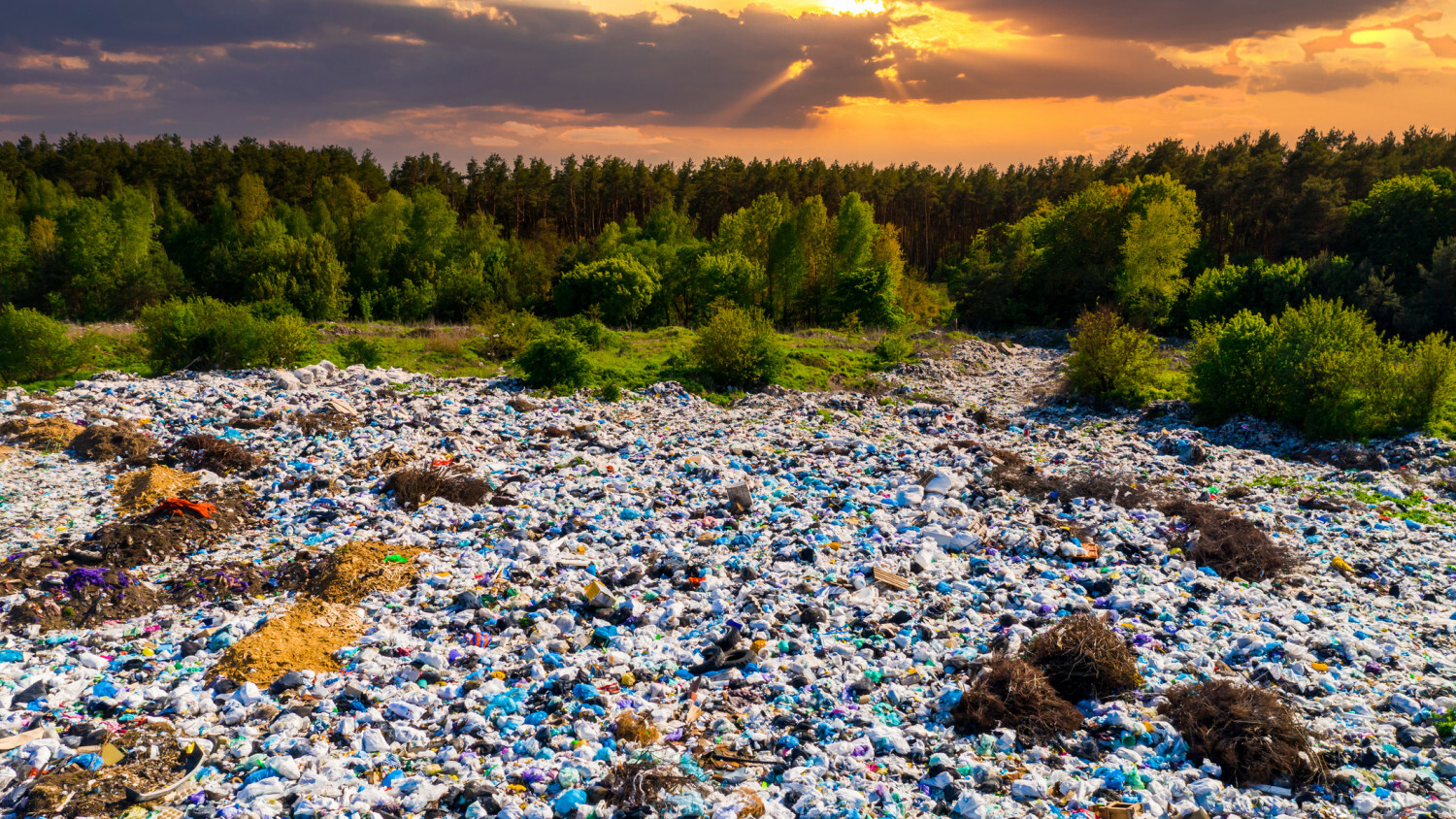Today, everything has a ranking, so why wouldn’t the best climate disaster films have one too? The cli-fi, that is, the ranking of climate disaster movies lists several well-known titles (Waterworld – 2012, The Day After Tomorrow – 2004, etc.), but I sense the strongest parallel with a less popular series. Snowpiercer: The Survival Game (2013) is also in the Top 10: it is a dystopian story, with an ice age instead of global warming as its setting, but its plot is at once the birth of Captain America and the sub-zero version of Viktor Pelevin’s life-train. In this film, the familiar world, which seems to be moving only forward on a fixed track, turns out to be going in circles, and even those who lead the system are not sure it can reach its destination. It is uncertain whether the direction is right at all, or how long it can remain sustainable if nothing changes. This uncertainty, for me, is the parallel with the Paris Climate Agreement (2015) and what I think about the feasibility of its targets.
Today, when the carbon footprint narrative is increasingly about Scope 3, I see everyone examining the third stage of the rocket engine on this vehicle we are travelling on into the unknown. The first two stages (Scope 1: concerning the regulation of emissions directly generated by the company, and Scope 2: referring to the regulation related to the origin of the energy used) are followed by Scope 3, which represents the ecosystem surrounding the company. It concerns the mapping and reduction of indirect emissions along the supply chain (upstream) and among the customers and end users (downstream) who incorporate the company’s products into their own production or services. To stay on the decarbonization pathway aligned with the global 1.5 °C warming limit, companies are required to define “science-based targets” (Science Based Targets, SBTi), and if their suppliers’ emissions account for 40 percent of the company’s total footprint, the company must require emissions reductions from its partners. The SBTi published the second generation of its recommendations this year (SBTi Corporate Net Zero Standard v2.0).
Of course, the Scope 3 system is far more complex in reality, but the fact that it holds rationale, economic potential and business opportunity is well demonstrated by the level of engagement it has attracted. Not only has the World Business Council for Sustainable Development (WBCSD) committed to its education, but the consulting industry as well, for example PwC, has joined in with full force. This effort becomes understandable if we consider that Scope 1 and Scope 2 together account for less than one-third of a company’s total carbon footprint. Generally, at least 70 percent of emissions fall into the Scope 3 category. In other words, the majority of pollution originates from the supply chain or from the use of products and services. Managing these emissions, therefore, despite being cumbersome and complex, is a central element in achieving the Paris Climate Goals. At the same time, due to the principle of reciprocity along the supply chain, it also requires a high level of cooperation among all involved parties.
To achieve the goal, companies must drastically reduce their emissions in this area as well. The question is whether the locomotive (or driving force/impetus) can be fueled up sufficiently for this task. The Trump administration’s withdrawal from the agreement was only one element of this, as the EU’s regulatory approach — paved with strict rules, prohibitions and penalties — along with member state and/or industry reservations, resistance and lobbying against EU bureaucracy, has likewise worn down the willingness to stay on course. Meanwhile, as seen in the European automotive outlook, it has not even proven particularly effective. There is great uncertainty, because as I write this article, we are still awaiting the EU’s final decision on the 2040 European climate targets and the associated instruments, the analysis of which will likely deserve a separate article in itself.
The recently released supply chain sustainability report by MIT and CSCMP, however, is more than encouraging. “Businesses, investors and consumers are demanding increasingly higher social and environmental sustainability standards, and supply chains play a central role in meeting them,” wrote Mark Baxa, President and CEO of CSCMP, in the foreword, emphasizing the importance of the document.
The more than 40-page report confirms that sustainability is no longer a side note or peripheral dataset in corporate supply chain strategies. The sense of responsibility for Scope 3 emissions has by now clearly become embedded in companies’ long-term growth structures, where political pressure is no longer the only driving force.
Corporate sustainability strategies can operate independently of national climate policy changes, driven by factors that transcend federal political positions, or they may apply the strictest regulations necessary to achieve their organizational goals. It also revealed that 60 percent of businesses in the EU support the extended pressure applied to their supply chains, and so do 46 percent of North American companies – figures that are indeed commendable and offer grounds for optimism. It is equally thought-provoking that, beyond external pressure, internal conviction is increasingly driving companies forward: according to the survey, businesses that have declared sustainability goals are 74 percent more likely to invest in measures that effectively reduce their emissions. This, as the report states, “emphasizes that transparency and effective implementation are key factors for meaningful progress.”
If sustainability indeed becomes embedded in corporate business strategies in this way, then the final breakthrough I previously wrote about may truly arrive. Perhaps then the spaceship that has been circling endlessly can finally be set on course — by entering the right coordinates and igniting the third engine stage.
This article was first published on the 7th of November by Levente Tóth, CEO of mitigia, on his personal LinkedIn profile.




